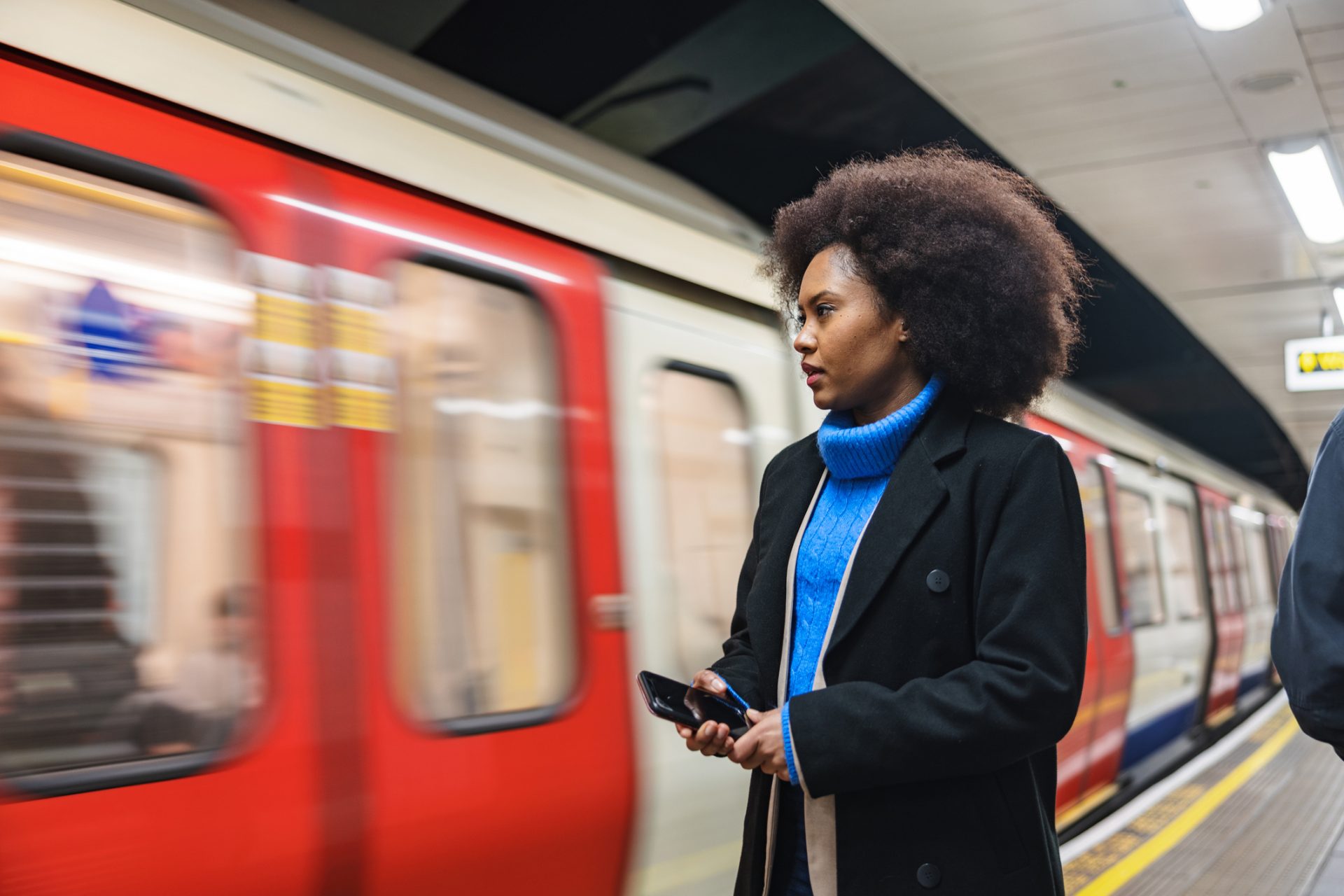These cities have top public transport according to locals
In most cities in the world, public transportation plays an important role in the lives of residents and visitors alike. Buses, subways, trams, trains and ferries are designed to make life easier for everyone.
The travel and culture magazine asked locals how easy it is to get around their city by public transport and featured 19 cities in which at least four out of five locals had positive things to say about it. This is what TimeOut found:
Photo: Mitchell Johnson/Unsplash
“Comfortable, safe and always on time,” is what 97% of Berliners surveyed had to say about their public transportation system. With a massive 175 stations across nine lines, the U-Bahn is surprisingly simple to navigate.
In TimeOut’s survey, 96% of Prague locals said their city was easy to get around by public transport. Besides being convenient, the tram has amazing views of the city.
You may have seen viral videos of packed subway trains in the Japanese capital, given it’s the world’s busiest metro system, according to Railway Technology. However, 94% of Tokyo locals had good things to say about it in TimeOut’s survey.
According to Tokyo locals, even though the size of the network makes it something of a labyrinth, Tokyo’s public transport is “brilliantly maintained” and easy to use for non-Japanese speakers and locals alike.
The stylish Danish capital has a reliable system of trains, buses and waterbuses that can be all paid for with one card. No wonder 93% of locals had good things to say about it.
Not only does the Swedish capital has reliable and comfortable public transport according to locals, but it’s subway or ‘tunnelbana’ is called ‘the world’s largest art gallery’, as the majority of its stations are art pieces themselves.
Besides the artistic subway, there’s also trams, buses and even ferries that cover the 14 islands that make up Stockholm. In TimeOut’s survey, 93% of locals had positive things to say about their public transportation system.
In a city where innovation is key, is no surprise that 92% of locals have good things to say about its public transport. The city’s buses and railway system called mass rapid transit (MRT) are modern, easy to use and completely accesible for wheelchair users, TimeOut says.
In Hong Kong, 75% of the population lives within one kilometre of a metro station (less than a 15 minute walk), according to local authorities. Besides its extensive size, 92% of locals said it’s efficient, clean and comfortable in TimeOut’s survey.
The Taipei Metro in Taiwan’s capital is one of the busiest in the world, according to Railway Technology. However, according to 92% of locals it’s extremely efficient, making it one of Asia’s easiest cities to navigate.
Shanghai is not only one of the busiest metro stations in the world, but also the second largest after New York. However, unlike its American counterpart, China’s most populous city keeps its system running strictly on time, most locals said.
Trains, buses, maglevs, taxis and ferries can be paid for using the Shanghai Public Transportation Card, and 91% of locals surveyed by TimeOut are satisfied with it’s system.
With the amount of bicycles you can encounter in Amsterdam, you wouldn’t think much of its public transport. However, the city’s network of trains, trams, ferries and buses was praised by 91% of locals surveyed.
The London Underground or ‘tube’, as well as the red double-decker buses have been the stars of countless movies and tv shows, so tourists are naturally attracted to them. But what do locals think? According to TimeOut’s survey, 91% of Londoners had positive things to say about the city’s public transport.
In the Spanish capital, 89% of the city’s population lives within one kilometre of a station, according to local authorities. Perhaps this is why 88% of Madrileños surveyed are happy with the city’s public transport network.
The charming Scottish capital is very walkable, but that doesn’t mean its public transport is not good. In fact 88% of Endinburgh locals surveyed by TimeOut praised their user friendly buses and trams.
Photo: Sergey Konstantinov/Unsplash
One of Europe’s busiest subway systems, Paris Metro, is iconic. And while the subway gets most of the attention, there’s also buses and trains that 84% of Parisians surveyed rated positively.
Photo: Anastasia Zhenina/Unsplash
New York city’s subway is the largest in the world if you count by the number of stations (472), and most operate 24/7. It’s not very clean and not always on time, but 83% of New Yorkers surveyed had positive things to say about it.
Canada’s second largest city can be explored easily with Montreal public transportation system. In fact, 83% of locals surveyed said it’s easy to navigate the city in the bus and metro.
Chicago’s train system operates on street level, underground, and on an elevated track. Locals call it ‘L’ because it’s short for ‘elevated’. Even though in recent years there has been some crime issues, according to CBS News, 82% of locals surveyed by TimeOut have a positive opinion about it.
Apparently, China’s most populated city has an efficient public transport. According to TimeOut’s poll, 81% of locals expressed contentment with the quality and efficiency of their subway, buses, trolleybuses and trains.
Finally, there’s Mumbai. With millions using the city’s buses, rickshaws, metro and taxis on a daily basis, 81% of locals said it’s easy to cross the city by public transport. A pioneer for Indian public transport, Mumbai introduced an app that makes it even easier, TimeOut said.
More for you
Top Stories







































